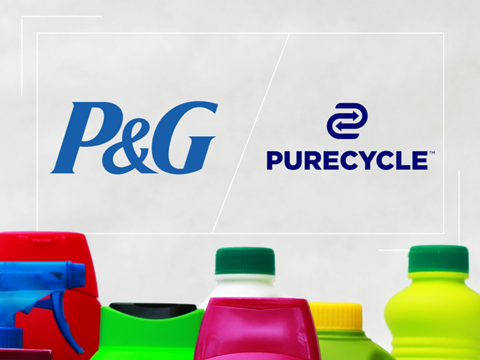
Procter & Gamble will use PureCycle’s recycled polypropylene resin in spout and dose caps for select bottles, which are set to hit the shelves next year.
Scientists at Procter & Gamble developed the patented dissolution process for recycling polypropylene, and it has since been licensed by PureCycle.
Under a multi-step qualification process, PureCycle’s PureFive Choice resin requires successful moulding at a select converter; the resin is subsequently analyzed to work out whether it would match the colour of each qualifying package. The component is also drop-tested to gauge its strength and durability.
“P&G has supported PureCycle since the beginning and we’re now at a point where we are ready to supply them with recycled polypropylene for some of their most recognizable brands,” said PureCycle CEO Dustin Olson. “PureCycle’s dissolution technology is a game-changer for the industry and these spouts and caps are just the beginning.
“These applications prove that we can take post-consumer waste and turn it into a high-quality, colourable, mouldable product that can help companies like P&G reach their sustainability goals.”
LeeEllen Drechsler, senior VP of Corporate Research and Development at P&G, added: “Our vision of transforming the polypropylene recycling process with a method that reduces our dependence on virgin plastics is coming to life through PureCycle. We are working toward integrating their PureFive resin with many of our brands’ packaging applications in the coming year.”
Procter & Gamble previously unveiled its VersoVita purification technology for recycled polypropylene – designed to remove ‘nearly all’ imperfections from recycled polypropylene resin, restore the plastic to near-virgin quality, and unlock further recycling and reuse.
Several of its packaging innovations have been nominated for a Sustainability Award this year; these include the Driving the Circular Economy category for its VersoVita solvent-based dissolution recycling technology, and the E-Commerce category for both its Versafiller paper-based honeycomb structure and paper pulp spherical packaging box.
Meanwhile, technology from PureCycle, among other industry players, formed the basis of a study by CEFLEX and Ghent University, which identified ‘significant challenges’ in upscaling delamination, deinking, dissolution, and contaminant extraction technologies to meet the Packaging and Packaging Waste Regulation’s flexible plastic recycling and recycled content deadlines by 2030.
If you liked this story, you might also enjoy:
The ultimate guide to the Packaging and Packaging Waste Regulation in 2025
How are the top brands progressing on packaging sustainability?
Everything you need to know about global packaging sustainability regulation in 2025
The key to increasing the use of reusable packaging in supermarkets

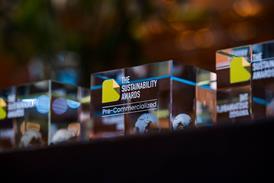

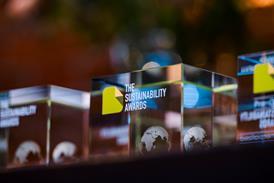
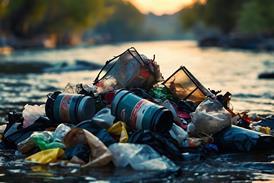
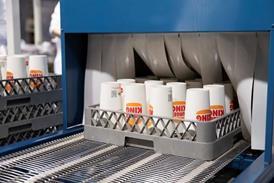










No comments yet